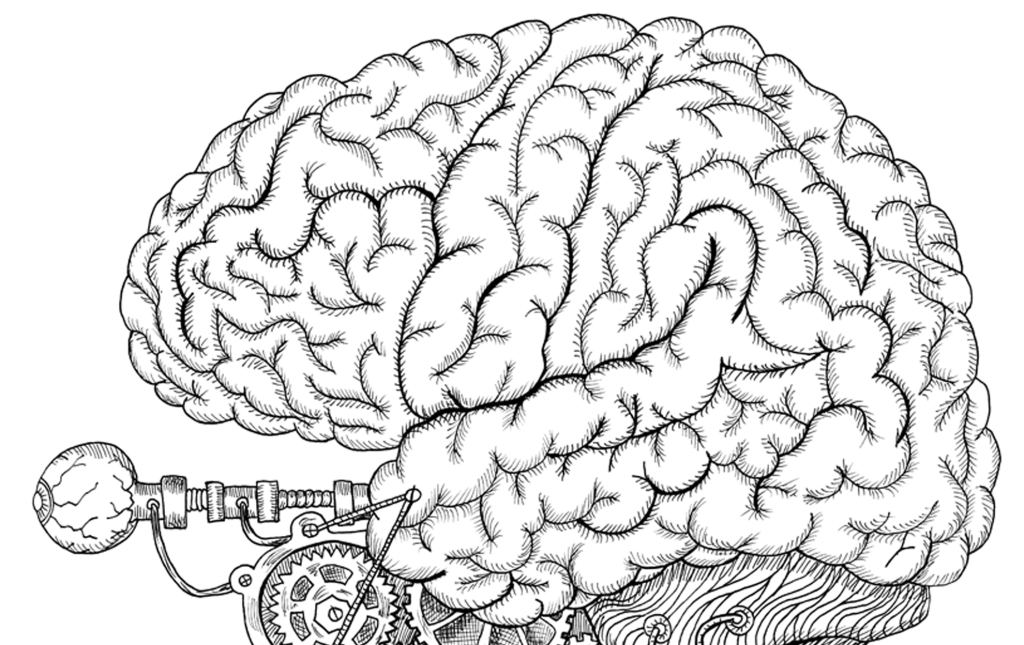The days before the WHO declared a pandemic, I was, like many others, wishing it didn’t come to that. I wished it went the way other impending epidemics, like SARS and Zika virus, went: regional disasters that wouldn’t touch my world. Once the pandemic was declared, I hoped it would fizzle out in a few weeks, hoping against reality that this was just a flu variety, not a new disease. Denial, denial, denial.
Once local authorities started to impose stay-at-home or shelter-in-place orders, curtailing even the most inconsequential movement‒such as going to the store for a can of sardines you don’t need‒felt invasive. Most people started to buy more staples than they needed. Yes, I stocked up on toilet paper, disinfecting towelettes and alcohol gel like the rest of them. I started to feel imprisoned in my own container of life.
When the order came to work from home, my employer had already asked us to do just that a week before. My decades of experience as an independent translator showed me all I needed to do to be prepared. The transition was seamless. It took me 2-3 frantic hours of rummaging through my cubicle to grab what I needed: computer equipment, monitors, architectural books and dictionaries (I work at a CAD software firm), mugs, power cords. I settled into my work at home routine, first at a hotel as I was in the middle of a move, then at my new house. The traditional living room laid out by a spacious kitchen was comandeered as my home office: far more spacious indeed. Having all of my dictionaries and reference books, not just those given me at work, helped matters greatly. I’ll tell you why.
I’m an advocate of profusely reading something, anything, nothing and everything to do with the text to translate. My cubicle shelves were insufficient to hold all that I need to consult while at work. Roaming from the office to the kitchen to fix a cup of tea or heat up my prepared lunch was a welcome break from the task chair. Walking from my chair to a shelf holding a particular book or dictionary felt liberating. I felt indeed at ease; no distracting voices or conversations from some afar cubicle or from a nearby aisle. No bits of jarring conversation about code or sales or trips that stole my attention away from the text on my screen. And no need to put on my earphones to isolate myself into a musical coccoon of my own making, my ears swimming in notes while my eyes rowed through lines of text.
Amid my comfort, I could fully imagine what my life could’ve been had not I secured my current position in late 2018. The consequences were palpable: I would’ve added myself to the throngs of underemployed or underhired independent translators plying their trade against the increasing silence of nonresponsive customers or lost customers, many of whom are small operators or translation agencies whose own clients dwindled in number or simply disappeared. Government help for freelance professionals came right on time for some, too late for others and never for others even. I cannot begin to imagine their desperation at seeing their sources of income disappear or drop to a trickle, not enough to pay for day care, rent, medicines or other necessities. Comparisons, however, are a cruel luxury and don’t solve problems. Yet I felt fortunate enough. A year passed, I was more established in my position, secure under a steady roof, with plenty of food and toilet paper. I knew we were all paying the price of involuntary isolation: no more seeing our coworkers or associates, no more meeting in person for interviews, chats, classes and conferences. We started to climb a steep hill of expectations as vaccine work progressed and we began to see the light at the end of a long, solitary tunnel.
But a year or more of isolation takes its toll psychologically and socially. We are all changing and become changed because of this. That this is a historic moment, living, trudging, wading across our own world pandemic is no trite statement. We are awoken to new realities while deprived of our old ones. We need to talk about both kinds, mourn the permanent and temporal losses and tentatively contemplate our new gains, even if they don’t seem advantageous at first. For those who love to travel, being told not to is painful enough. Being unable to plan to travel is even more painful, I think. The operative word here is to plan.
We are so used to plan for everything, even if we don’t consider ourselves so methodical and asinine about the details. Just going shopping and getting lost in the aisles of our local supermarket was more than going shopping. It meant random encounters, unexpected purchases, welcome sights of colors, faces, frames and shapes. As ordinary and repetitive as these habits of ours may sound and be to ourselves, we needed them. In the best of scenarios, we would encounter a friend or relative and exchange a touch, a handshake, a hug, our eyes could talk even if we had no words to express. In the workplace or in a classroom, we’d think we were there just for the content, the new stuff to learn. How wrong we were! It turns out that zoomified meetings are filtering out all that is human. It’s not enough to see and smile at each other across screen (the glass cage, as Nicholas Carr puts it); we need to aprehend the fact, consciously and unconsciously, that we are in front of each other physically, that we can touch or not touch, see and not see. We are not just faces but embodied individuals who are members of a society and segments of that society: classroom, profession, workplace, picnic, dinner, playground.
While it is true that internet-enabled technologies, mobile phones and the like have allowed us to continue to work and resume our connectivity, we are slowly and painfully realizing that no amount of technology can substitute for the absences we have been suffering during this pandemic. We are becoming aware of how sterile and mechanical our conversations and interactions are becoming through the internet ether. We are also realizing that modern life is not just about apps, iPads, podcasts and Excel worksheets: we need to experience museums, street music, live concerts and theater, we need to smell the street odors, the scent of familial and stranger faces and bodies, our feet need to feel the pavement, the hardfloor, the carpet, the grass, the sand, the water underneath, our hands absolutely need to feel the air that circulates around our bodies, whether outside in a park or sidewalk, or inside in a coffeeshop. Our ears need the din of random conversations across the street and across the table. None of those things will come through technology but through our own selves when we step outside and engage others.
This engagement will come soon enough as pandemic conditions begin to improve in our cities and countries, but this return to engagement won’t come evenly or synchronically. I fear that some parts of the world will continue in chronic pandemic mode because they lack a robust health care system or enough vaccines, or because their economies are in tatters and will remain so for years to come. In a way, they’ll be relegated to a dusty and forlorn cubicle of humanity until better days come. But engaged we must all become if we want to live. Sometimes, the best connection is the low-tech type: I feel relieved when I talk to a friend or sibling over the phone, better than on FaceTime or via Zoom. Freed from the screen slavery, I can focus on pauses, voice cues to certain emotions, and the flow of words. Sometimes a sentence comes out more paused because it invites a counterargument or a comment; but sometimes the statement gushes out in a rush because its speaker needs to say his piece and I must discipline myself to listen more intently.
I’ve read sanguine comments about the future of telework from some LinkedIn posters. Zoom and computers forever, we can work from home wherever we call it home; we can still be more productive and innovative and we are better for it, as if digital nomads were our perennial calling. Yet this focus on productivity sounds, as ever, so much like assembly-line work, joyless work, busy work. My country, the United States of America, is noted for its large strides in worker productivity and professional productivity: faster is better, technology has all the answers. If life were that simple. I prefer to focus on meaningful, slower work, going back to the artisanal side of things. After all, how can I hope to reconnect with my fellow human beings if I become robotic and sterile as a PDF document? I’m afraid we translators are turning into a pretty joyless technobunch. Exhibit A: go to most loclunches or professional virtual meetings and the main talk is translation tools or some new technology marvel to work faster or more efficiently. There’s nary a word about the pleasure of finding the right expression or style without resorting to some technological crutch, like an app or website. We tend to regurgitate data, not converse; we declare others’ opinions from some blog as a proven and unassailable truth while eschewing actual debate of ideas. It is as if our half-cooked or parroted opinions have the veneer of authority if we only mention a technology or declare subservience to some technological marvel, like Steve Jobs or Elon Musk. We don’t want to risk ridicule or unpopularity. We, professional, well educated translators, are sounding more like a convention of dunces, babbling about SEO words like innovation, creativity, productivity, customers, advancement but we keep it safe. That is, superficial. Ergo, superficial talk is safe talk.
To engage with another human being, as limited as we find ourselves under this pandemic to do, is to be able to talk to an actual or potential colleague or friend with all the attaining risks: risk of sounding stupid, risk of having our idea rejected offhand, risk of being unable to steer the conversation the way we want it. You know, talk with all our insecurities in sight, no so-called imposter syndrome or some other psychobabble excuse. I, for one, want to be able to resume such exchanges asking for nothing in return except for a human expression. Nothing more human than eye contact without the aid of screens.









You must be logged in to post a comment.